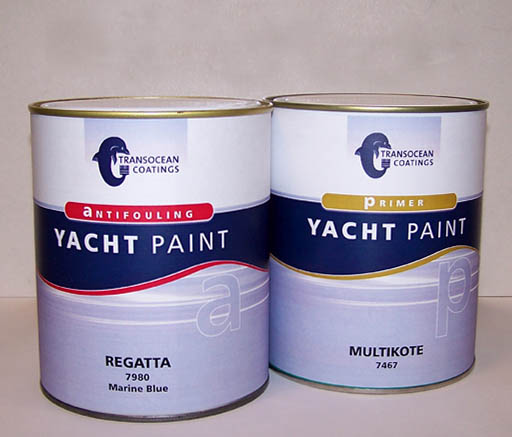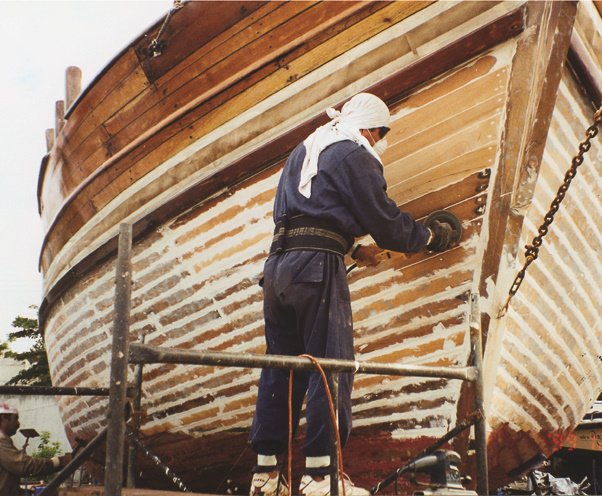About us: Yacht Coatings
Protect your yachting pleasure: use Transocean Coatings
Since 1959 Transocean Coatings has been active in the manufacture and supply of antifoulings, anticorrosives and other coatings for ships, off-shore installations, industrial facilities and pleasure crafts.
Manufacturing takes place using stringent formulations. Whether a product is supplied in Europe, Asia, North or South America, in Africa or Australia, the quality is guaranteed identical. At any shore therefore, wherever in the world, you can rely on Transocean. Local service assures quick delivery of factory-fresh products at competitive prices.
That´s unique!
Why use paint?


Which paint (first)?
For the right smoothness and to ensure crevices are filled a caulking or filler compound is often required for yachts. The coating system is build up in products that can be divided into 3 groups according to their function in the system:
- Primers have a good adhesion to the substrate and provide a solid base for recoating
- Intermediate or barrier coats are applied in order to enhance the overall protection and to provide a good intercoat adhesion
- The topcoat gives the required colour and gloss and provides protection against various influences such as sunlight, weather and abrasive impact.
The topcoat must be regularly renewed to keep the boat permanently in a good condition. It is advised to remove the total paint system from time to time, as the yearly maintenance results in a build-up of layers. Overly thick layers not only increase weight but also the internal stress. This leads to delamination of the total coating system.